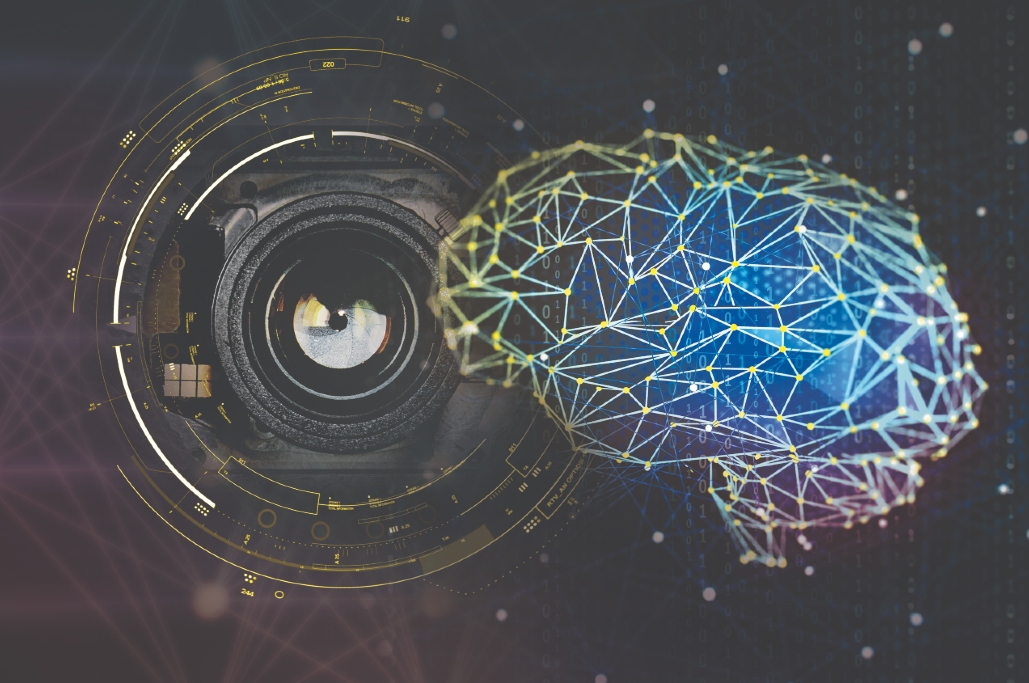Industry 4.0 is bridging the gaps within manufacturing by digitalising tasks and processes. As part of the fourth revolution, vision technology is embracing deep learning intelligence to create innovative vision automation solutions.
As vision inspection technology is embracing deep learning, it is becoming smarter. The latest solutions offer a second pair of eyes looking over your production facility. This opens more opportunities to businesses and automates many repetitive or time-consuming tasks that previously relied on the unreliable human eye. They remove the reliance on manual labour and allow manufacturers to increase throughput and run for longer hours.
Dr. John Dunlop, founder of Bytronic Vision Automation and an expert in AI technology, discusses five vision inspection operations you can now automate with deep learning.
1. Reverse logistics
Thanks to the boom of e-commerce during lockdown, online businesses and retailers are receiving an unprecedented amount of returns. Lockdown restrictions on stores during the pandemic and the ease of e-commerce is seeing customers sending back more goods – whether it’s damaged products or unwanted items. From a business perspective, it’s extremely time-consuming to sort through all the returned products, check each item and log the returns into the system.
It is now possible to train a vision inspection system – a neural network – with images of stocked items. The camera can then recognise what items have been returned and log them into the system. This saves a lot of time and manpower for businesses and enables them to process returns faster.
2. Assembly verification
Traditional product inspection meant programming every feature that you were looking to inspect. Deep learning is completely different. Show it images of good assemblies – and it can be this simple, it will then identify incorrectly assembled parts from product inspections.
3. Baked goods and food production
Food production is a great example of an operation that can be automated using vision inspection. Food items can vary in appearance and so for mass production it’s important to have vision inspection to assist with detecting anomalies.
This is where deep learning is really powerful. Organic shapes are where deep learning offers huge advantages and outperforms people – in accuracy and speed.
In 100ms a deep learning vision system can detect incorrect products or foreign objects, check the consistency of baked breaks (picking up on the colour variation) and even identify if croissants are packed the wrong way round.
4. Visual damage
The fourth operation that is being automated using vision systems is the inspection of highly cosmetic products for visual damage. On an automated production line this could be looking for scratches or anomalies, on headlamps or metal and plastic trims, caused by incorrect paint application or tooling damage.
Whether it’s on a conveyor line, manipulated by robots or being passed through logistics, vision inspection would allow manufacturers to spot costly mistakes before they leave production.
5. Empty totes
Having an empty tote before refilling with new products is important to ensure that customers receive the correct products. With a huge variation in tote condition, scratches and bowed totes can make it difficult to reliably detect if totes are empty.
The solution to this is to train a deep learning vision system with images of empty totes – the inspection system will detect the totes with products and reject them.
Contact us
Here at Bytronic, we love a vision automation challenge. We thrive off producing innovative solutions and solving complex problems.
Bring us your challenge and see what we can do.

